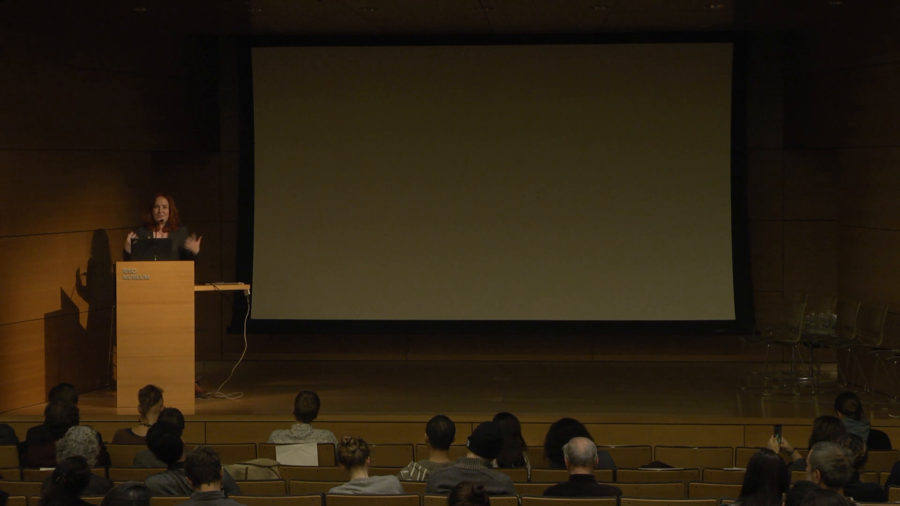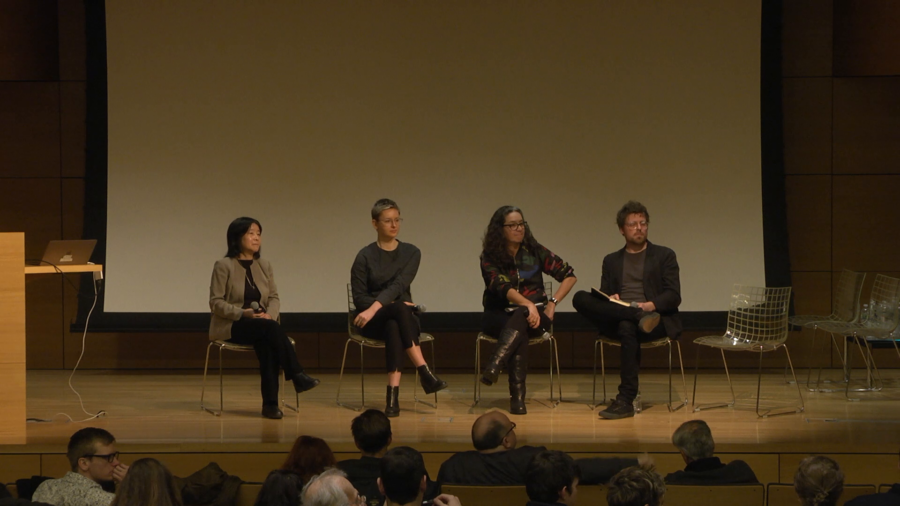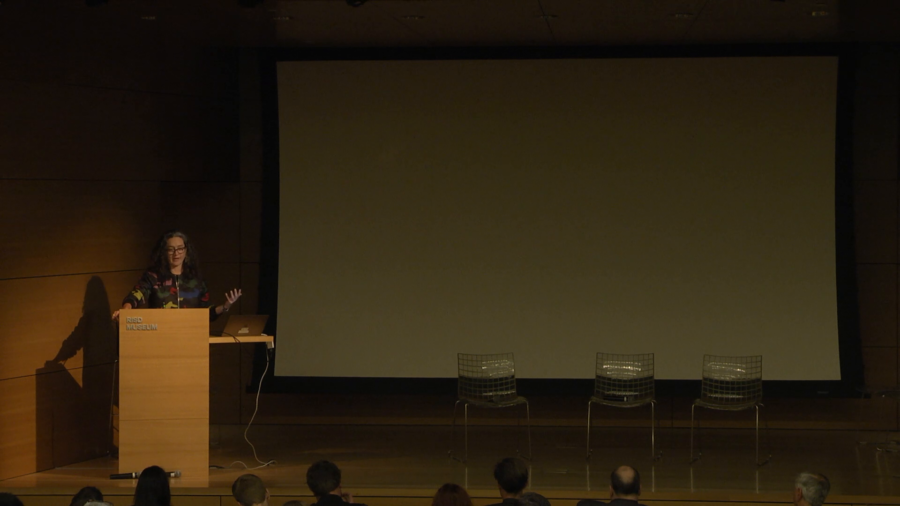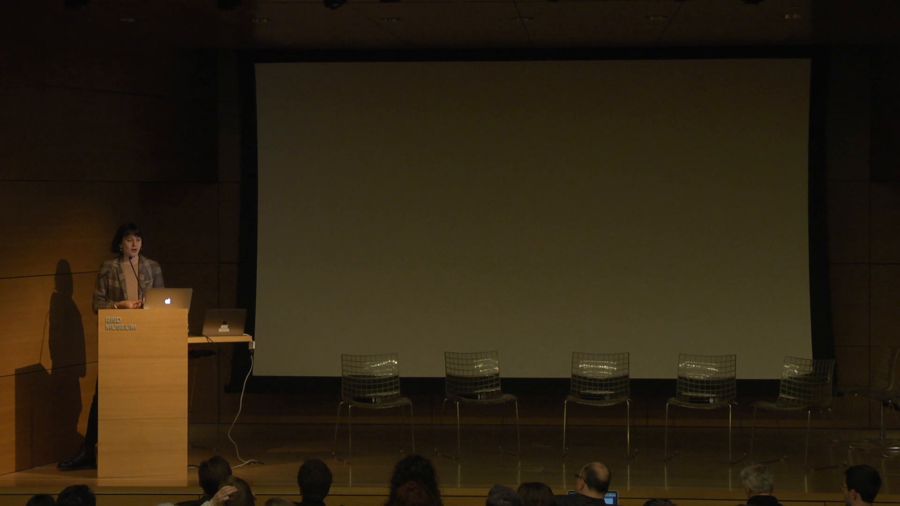Full Surrogacy Now means two dialectically opposed things. It is simultaneously a utopian cry for the queer gestational commune, and a description of what’s going on right now, which is very much not that. The dystopian structure of planetary reality in the present. Indentured service, subalternity, crowdfunding, outsourcing, neofeudalism, civil strifes, invisiblized sub-sub-contracting, and above all—to use the phrase of Shellee Colen—reproductive stratification.
Archive (Page 1 of 2)
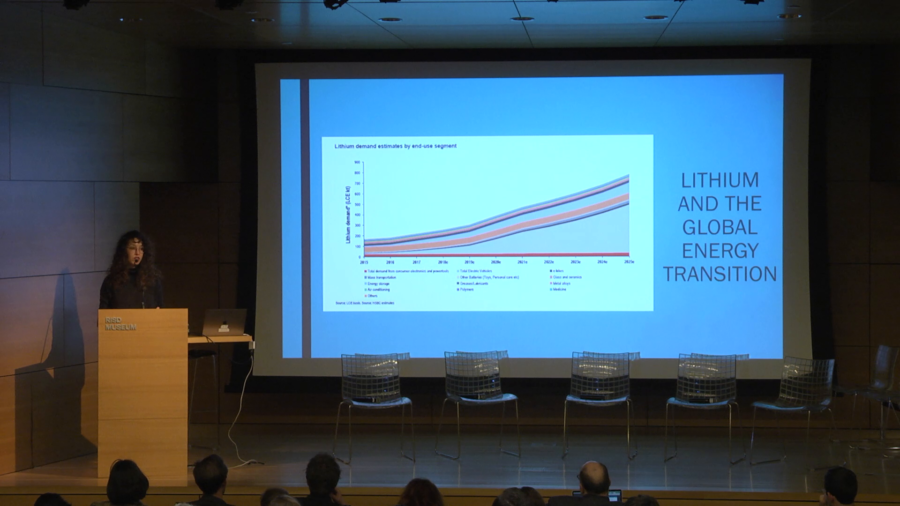
In a world of globally-dispersed supply chains, an energy transition in the United States has implications for the extraction, production, and distribution of resources and technology in places well beyond US borders.
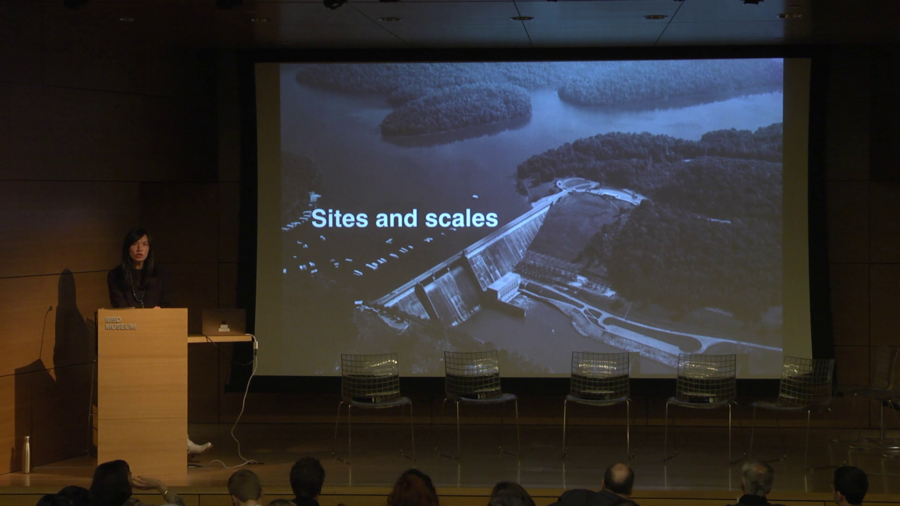
The urgency of climate change and the rise of a grassroots legislative political environmental movement in the United States should change the way urban planners think and act on spatial change and social justice.
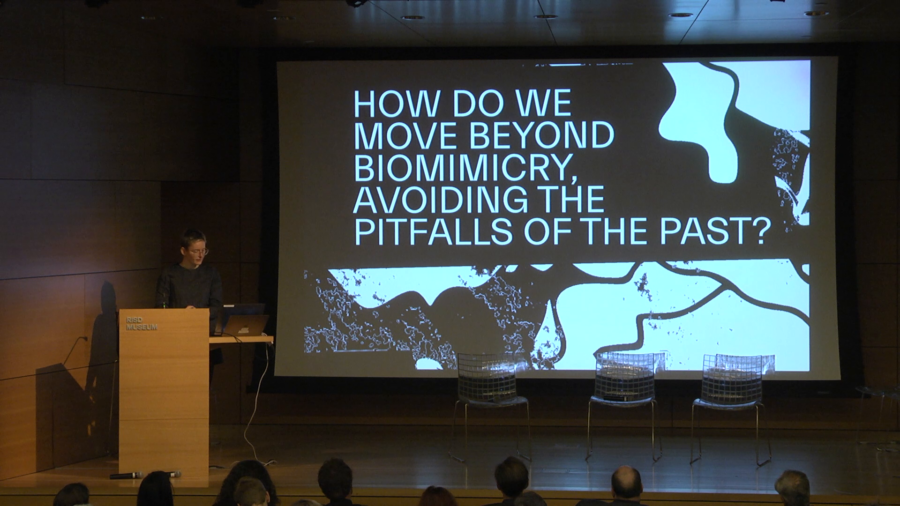
Today, we will examine the historical and philosophical roots of biocentrism, biomimicry, explore the quality of the relationship it presupposes with nature, and question its ecofriendliness. We will introduce emerging alternatives to biomimicry and discuss the challenges it promises.
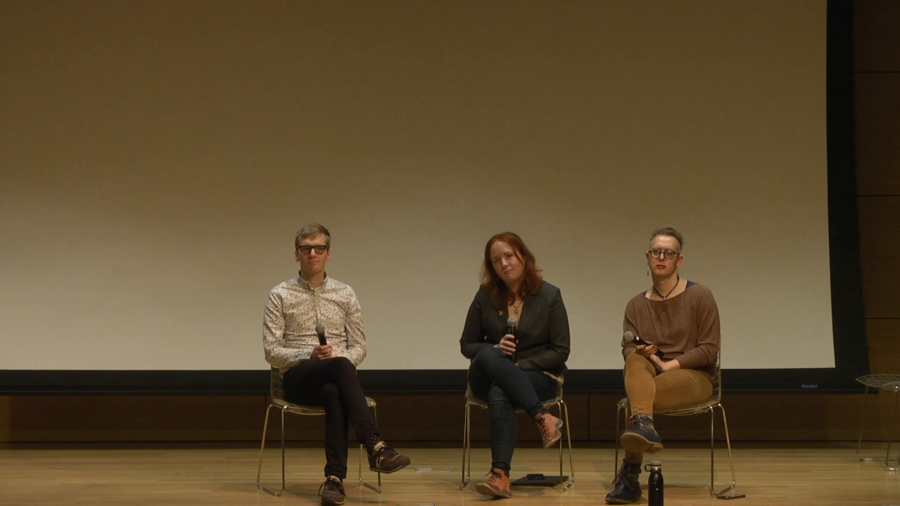
One of the things that’s really difficult about scale is precisely this question of how do different collectives interface with each other and interface as part of one another.
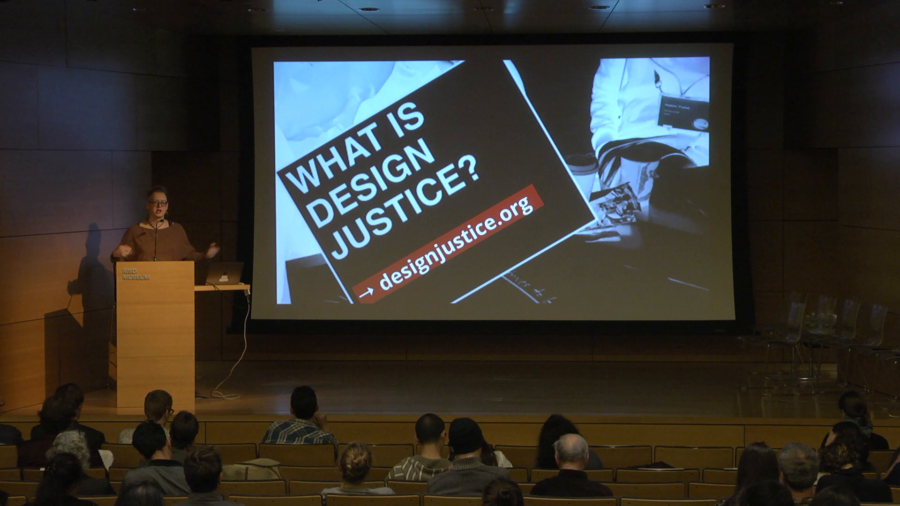
What I want to share is one way of thinking about how we’re going to design and build the technologies and the sociotechnical systems that we need for a Green New Deal, if such a thing is what we do want to build. And what that could look like through the lens of this community of practitioners that I’m part of, which is the Design Justice Network.
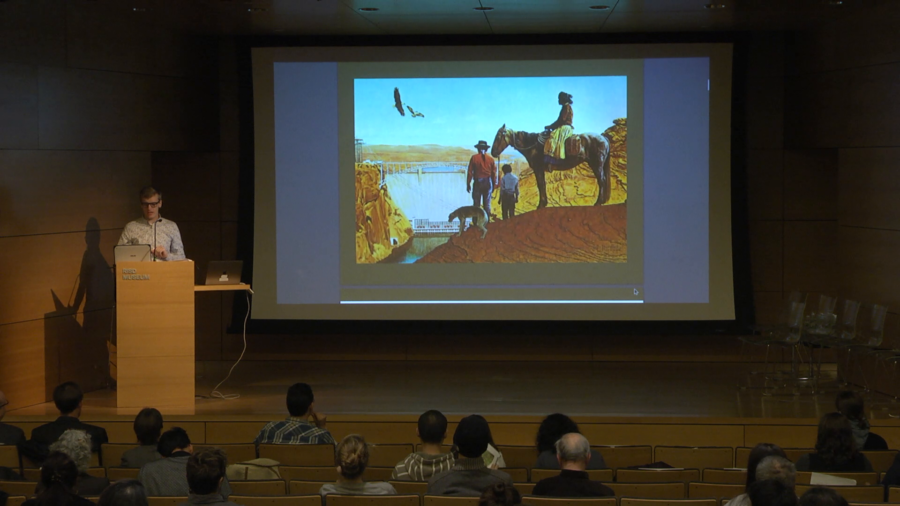
When you actually look at infrastructure systems from the perspective of the Global South, they’re much more hybrid, precarious, amenable to political and social transformation. And I want to maybe flip this and say hey, if we actually look at the infrastructure systems of renewable energies in North America this might also be the case.

